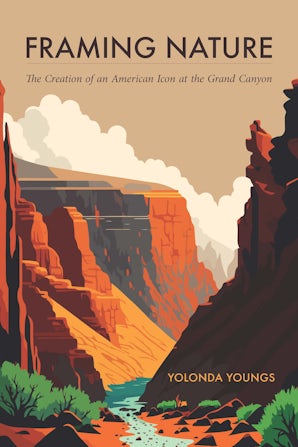List of Illustrations
Acknowledgments
List of Abbreviations
A Selected Chronology of Grand Canyon National Park
Introduction: A View from the Rim
Part 1. Finding the Grand Canyon
1. The Greater Grand Canyon Region
2. A Great Innovation in Modern Ideas of Scenery: The Emergence of the Grand Canyon on the American Cultural Scene, 18869–892
3. The Viewmakers: The People Behind the Scenes of Postcard Manufacturing
Part 2. Creating the Grand Canyon
4. Nature as Tourism
5. Scenic Drives
Part 3. Framing the View
6. Editing Nature
7. People In (and Out of) Place
8. Canyon Be Dammed
9. Where Is the “Real” Grand Canyon?
Conclusion: From Rim to River and Beyond
Appendix A: Annual Visitation Statistics for GRCA
Appendix B: Park Visitation Statistics, Content Analysis Decoded, Data Tables
References
Index
